#CES 2018 | the Visitors had to spend several hours in the dark
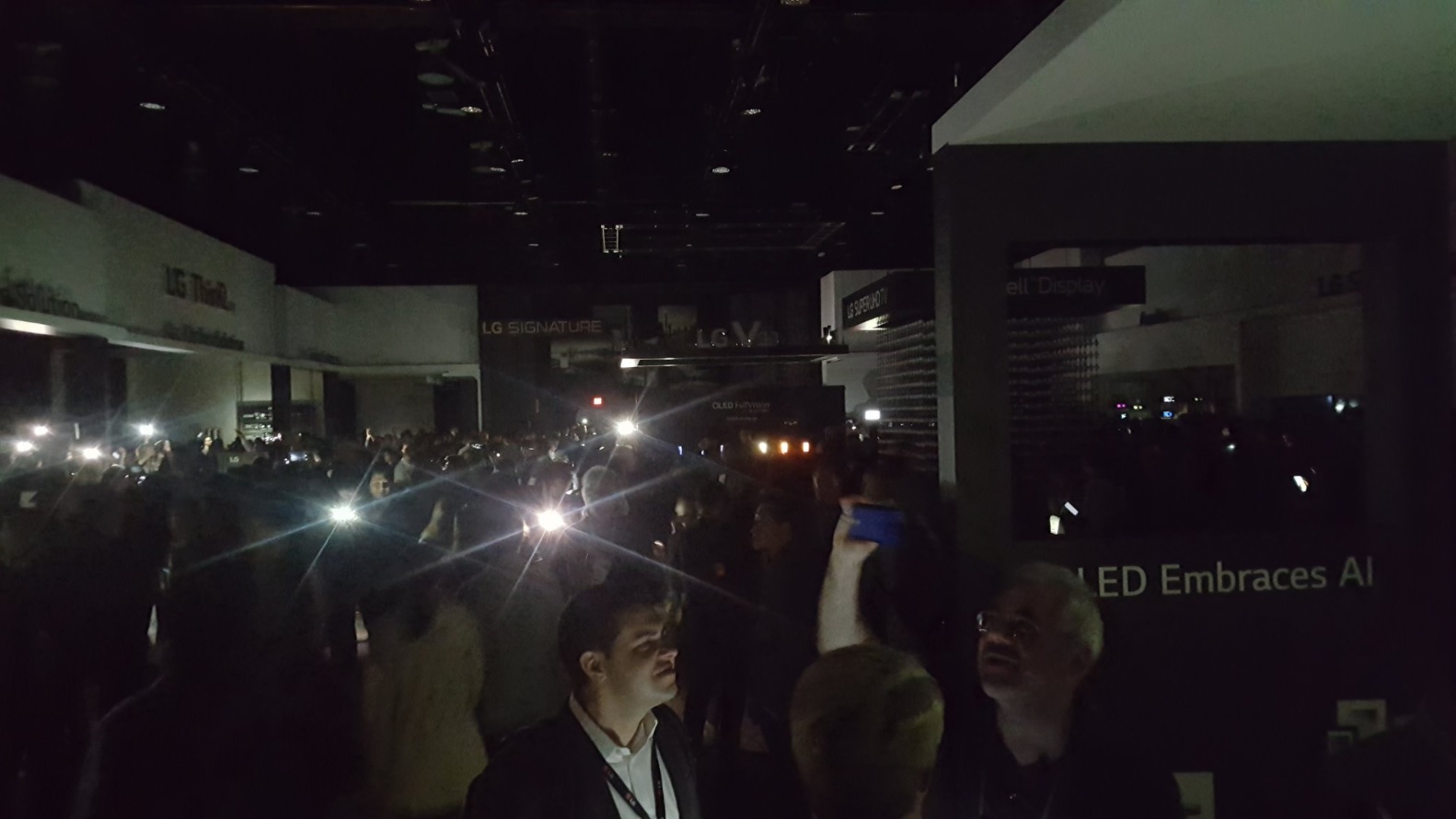 Source:
Source:
A Few hours ago one of the largest technology exhibitions in the moment, the Las Vegas Convention Center, are actually frozen. The fact that the premise of almost 58 thousand square meters of unexpectedly plunged into darkness at CES 2018 he cut the electricity! Only a few dozen wireless speakers, battery operated, and some parked in the premises of Tesla cars somehow pointed to the fact that there comes one of the most important technological events of the year.
Media at the exhibition, report that outage in southern and Central hall began at about 11.15 a.m. local time, and fully restore the light failed after two hours.
The Outage was caused not only negative emotions among the participants and visitors of the exhibition, but also jokes, sometimes very poignant.
"It's all due to the fact that there are too many d*RMA", — said one of the guards of the exhibition about the local blackout.
"And I like it. Now my eyes can relax a bit", — added Tiffany SANCO representing the Polaroid company.
"It's very strange. Heads are definitely gonna fly", — said the representative of the company Monster. – "And we will return the money?" — added standing next to.
"guilty It will cost thousands of dollars. And when you consider the cost of rent, work and all failed because of this, business meetings...There really is painted every minute. No, after that seemed to fly someone's head."
The More forward-looking companies such as Canon, Nikon, Samsung and Casio, as it turned out, has suffered less than others, as pre-prepared backup generators. However, according to the comments of the participants, Casio and Nikon decided not to use them, as the visitors apparently just got lost in the dark and to their stand during the shutdown so no one came.
"I've been here 27 times and have never had anything like that" — commented ed hunter, working in the pavilion of Samsung. On his face was clearly marked by a deep dissatisfied with what is happening.
Some participants, as is reported, was very disappointed by the incident because, they said, suffered "damage" to their business, because scheduled for this meeting had to be cancelled.
Recommended
Mystery of the Sargasso sea, and why there were dead ships
At the time, in the Sargasso sea lost a lot of ships. Almost all mystical place, about which people say, giving them a mysterious halo, are on the water. When ”ends”, the disappearances do seem very strange and inexplicable. One of the places that ar...
An air leak site has been found on the ISS. What's next?
Air leak occurs in Russian station module Inside the International Space Station live astronauts from different countries and all of them need oxygen. The air needed for the life of the crew is produced by special equipment, but the tightness of the ...
Why can thinking about death make life happier?
Awareness of one's own mortality can be a liberating and awakening experience How do you feel about the idea of death? How often do you think about it and what emotions do you feel? Many of us have been pondering these questions lately. The pandemic ...
Related News
the Wi-Fi was created in 1998 in the laboratory of radio astronomy in CSIRO in Australia. The Creator of the wireless communication Protocol is engineer John O'sullivan. The term "Wi-Fi" was originally coined as a play on words wi...
Bluetooth — it is a technology for wireless transmission of data between devices at a distance up to 100 meters. Work on the creation of Bluetooth was started in 1994 by a manufacturer of telecommunication equipment Ericsson...
How does it work? | Sleep tracker
it is known that human sleep consists of repetitive cycles of REM and NREM sleep. The average duration of each cycle is approximately one and a half hours. A good rest is sleep, which includes 5 full cycles. Thus, for maximum effi...
the First pedometer was invented by the French mathematician Jean Fernely in 1525. The device was a system of gear wheels and gears that are driven by an oscillating lever. He spun the arrows on the four dials, which are consisten...
How does it work? | Portable heart rate monitor
Monitor — a device for monitoring heart rate in real time. Electrical activity of the heart was opened in the late 19th century, and in 1902, Willem einthoven was the first, who is technically registered with a string galvan...
How does it work? | A quantum computer
a Quantum computer is a computing device that uses the phenomena of quantum mechanics to transmit and process the data. The idea of quantum computing was independently proposed by Yuri mininum and Richard Feynman in the early 80-i...
How does it work? | Satellite navigation system
the Idea of creating a satellite navigation system was born in the 50-ies of the last century. American scientists led by Richard Kershner watched the signal coming from the Soviet satellite, and found that due to the Doppler effe...
#photo of the day | NASA published pictures of a giant iceberg separated from Antarctica
in July this year, one of the largest in the history of our planet iceberg A-68A is separated from of the Larsen ice sheet in Antarctica. It is difficult even to imagine a giant piece of ice with an area of over 6000 square kilome...
How does it work? | Rain sensor
the Car rain sensor is an optic-electronic device, which is installed on car windshield and responds to hydration. It is necessary for the determination of moisture and automatically turn on the wipers. The first experiments to cr...
How does it work? | Fire sensor
the First automatic fire sensor was heat. It was created by Americans Francis Upton and Fernando Dibble in the late 19th century. The design of the sensor was an electric battery, bell dome, a magnet in an open circuit and a therm...
How does it work? | Motion sensor
the motion Sensors are widely used in security systems to detect intrusion, as well as for automation of lighting and HVAC equipment in homes and offices. Analysts expect growth in the use of motion sensors by 14% annually until 2...
How does it work? | Machine translation
for the First time the idea of using electronic computers for the translation of texts was expressed in 1947 in the United States, immediately after the appearance of the first computer. The first public demonstration of machine t...
How does it work? | Computer vision
As an independent discipline computer vision originated in the early 50-ies of the last century. In 1951 John von Neumann proposed to analyze microsemi using computers by comparing the brightness of adjacent parts of the image. In...
How does it work? | Search engine
the First computer program for searching the Internet was Archie, created in 1990 by students from Montreal. She downloaded a list of all files from all FTP servers and build a database that you can search for file names. The firs...
How does it work? | Accelerometer
Accelerometer — it is a sensor for measuring acceleration. It was invented in the late 19th century and was intended for installation in cars and locomotives to control the speed. The first accelerometers were heavy and bulk...
How does it work? | Holographic display
the First hologram was obtained by the Hungarian physicist Denison Gabor in 1947 in the course of the experiments to increase the resolution of electron microscopes. He coined the word "hologram", wanting to emphasize the complete...
How does it work? | E-Ink-display
Electronic paper was first developed at the Research Center of Xerox in Palo Alto Nick Sheridana in the 70-ies of the last century. The first electronic paper, called Gyricon, consisted of polyethylene spheres between 20 and 100 m...
How does it work? | OLED display
In the last issue we about the LCD display. Today we will focus on a different technology, called OLED. So, how does the display on the organic light emitting semiconductors — this was in today's issue! the Main difference...
Liquid crystals were discovered in 1888 by Austrian scientist Friedrich Reinitzer, and in 1927, a Russian physicist Vsevolod Frederiks was discovered crossing, was named after him and is now widely used in conventional LCD display...
How does it work? | LSD-display
Liquid crystals were discovered in 1888 by Austrian scientist Friedrich Reinitzer, and in 1927, a Russian physicist Vsevolod Frederiks was discovered crossing, was named after him and is now widely used in conventional LCD display...





















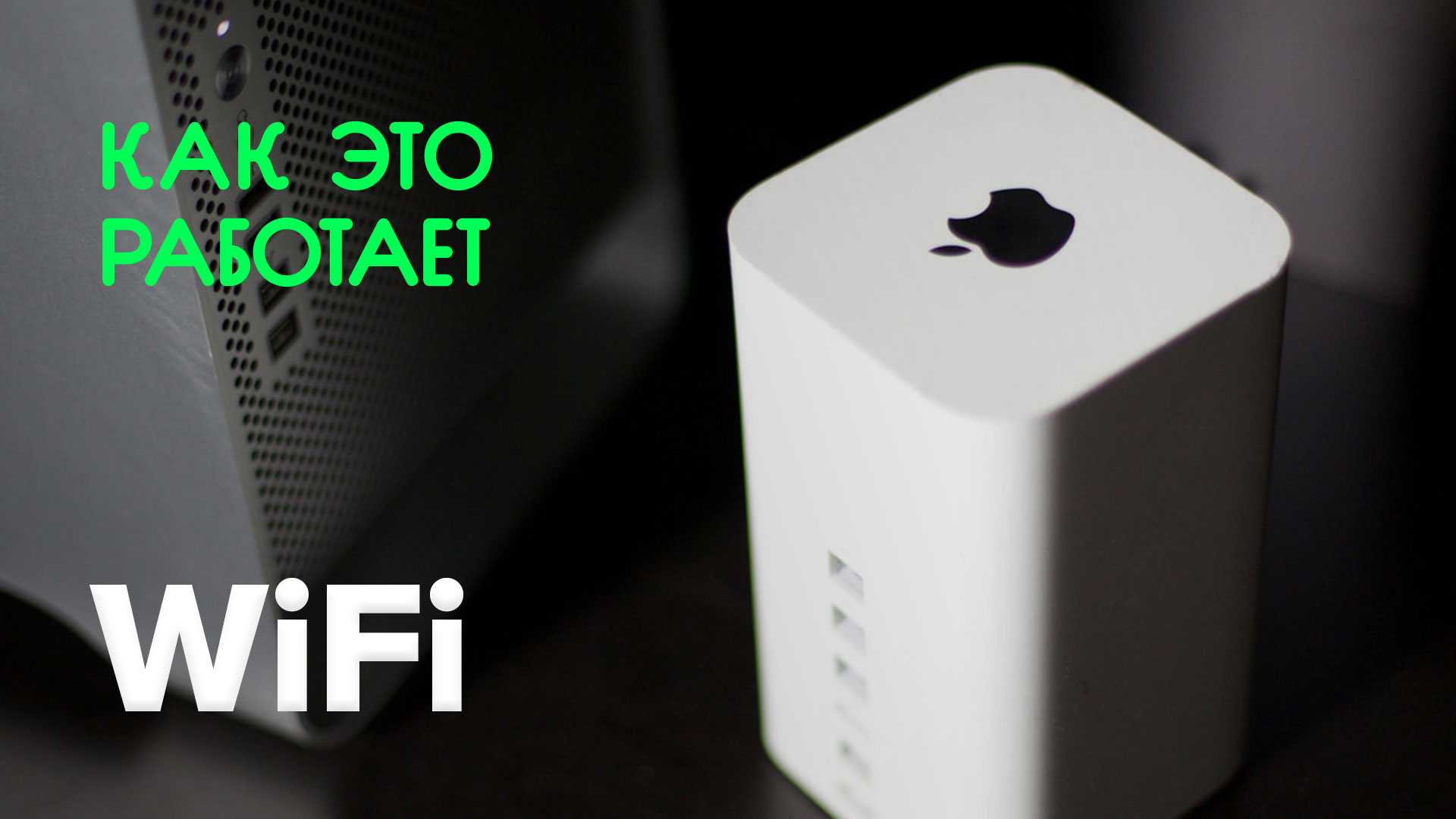



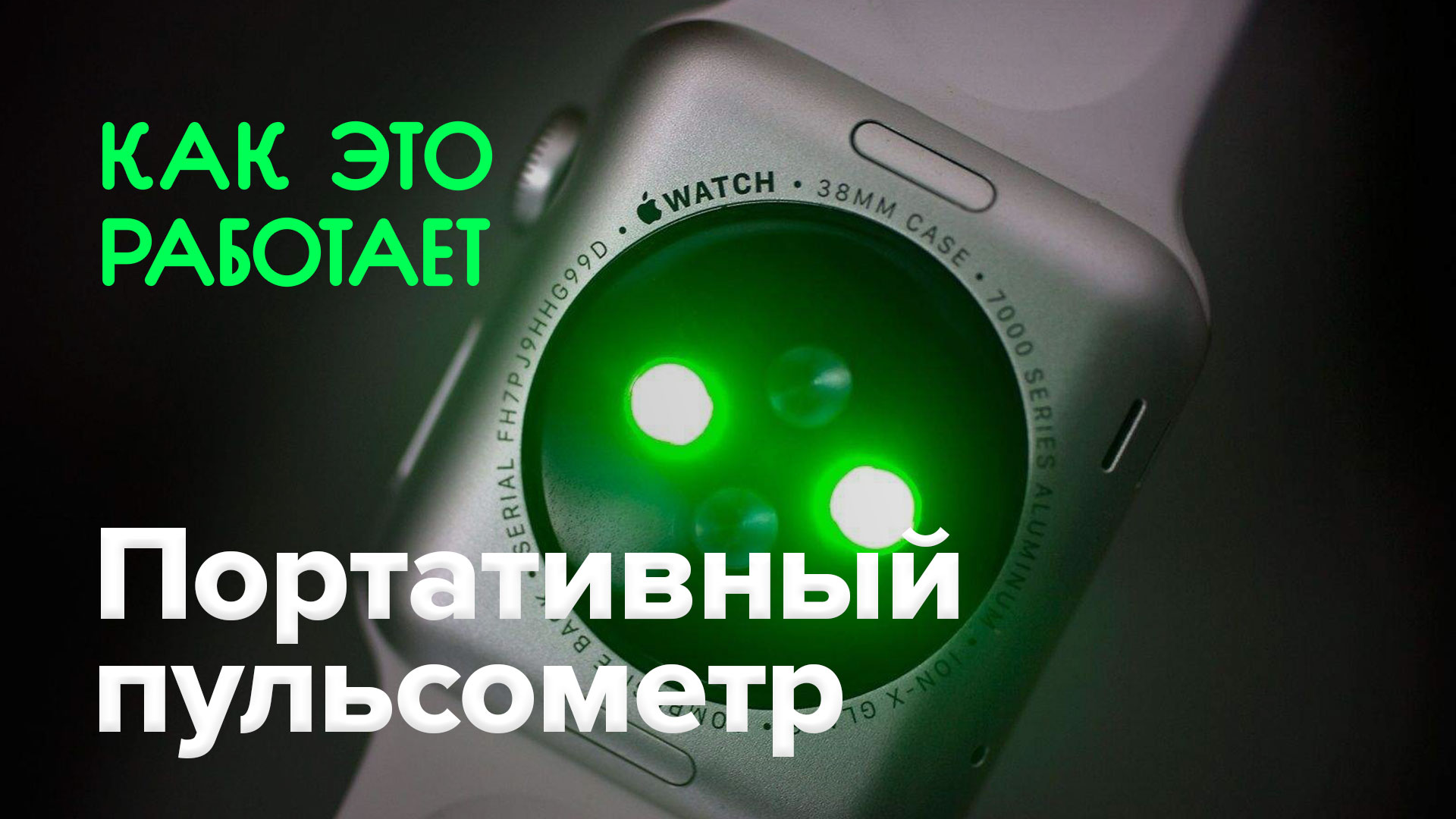



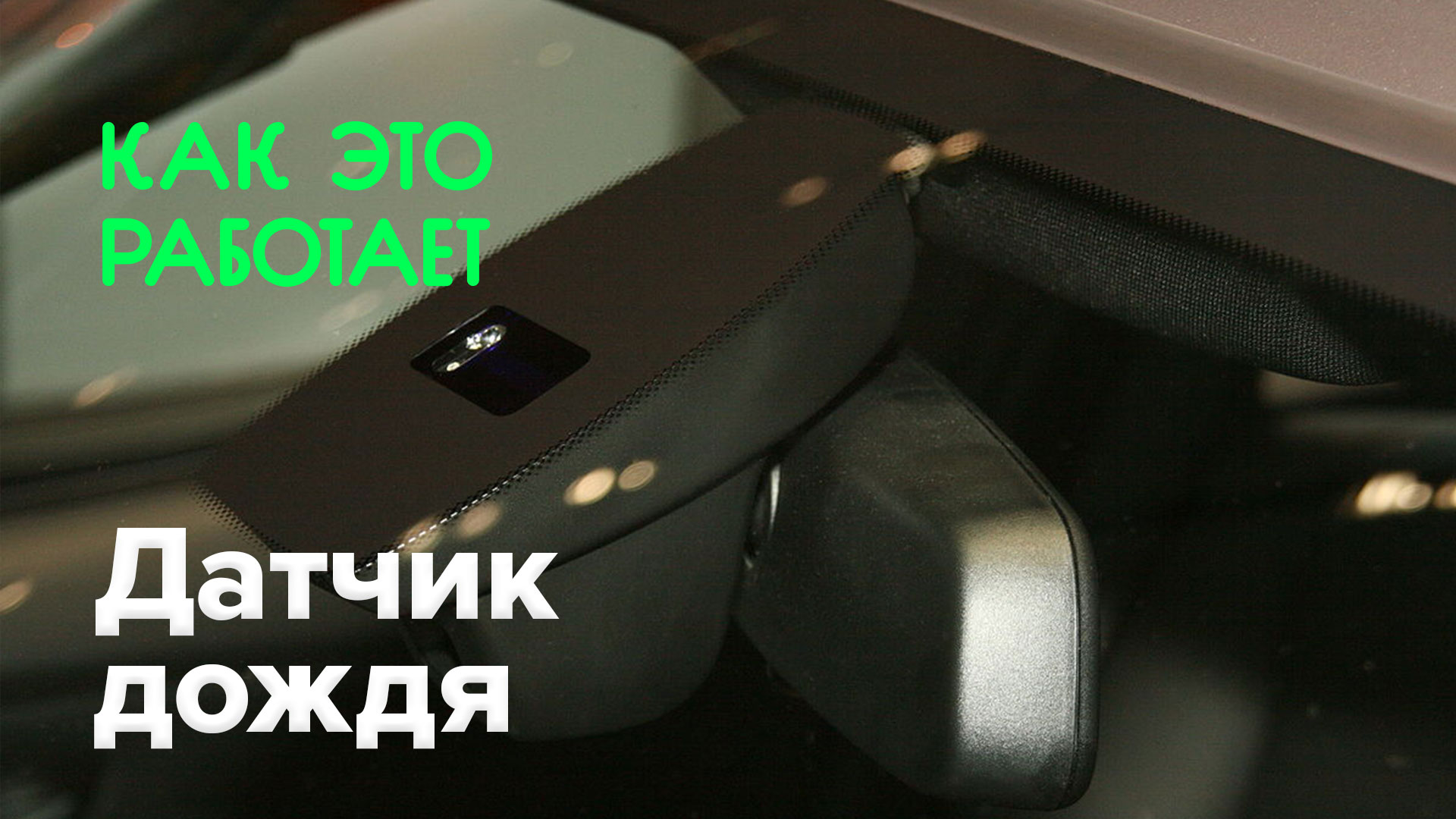
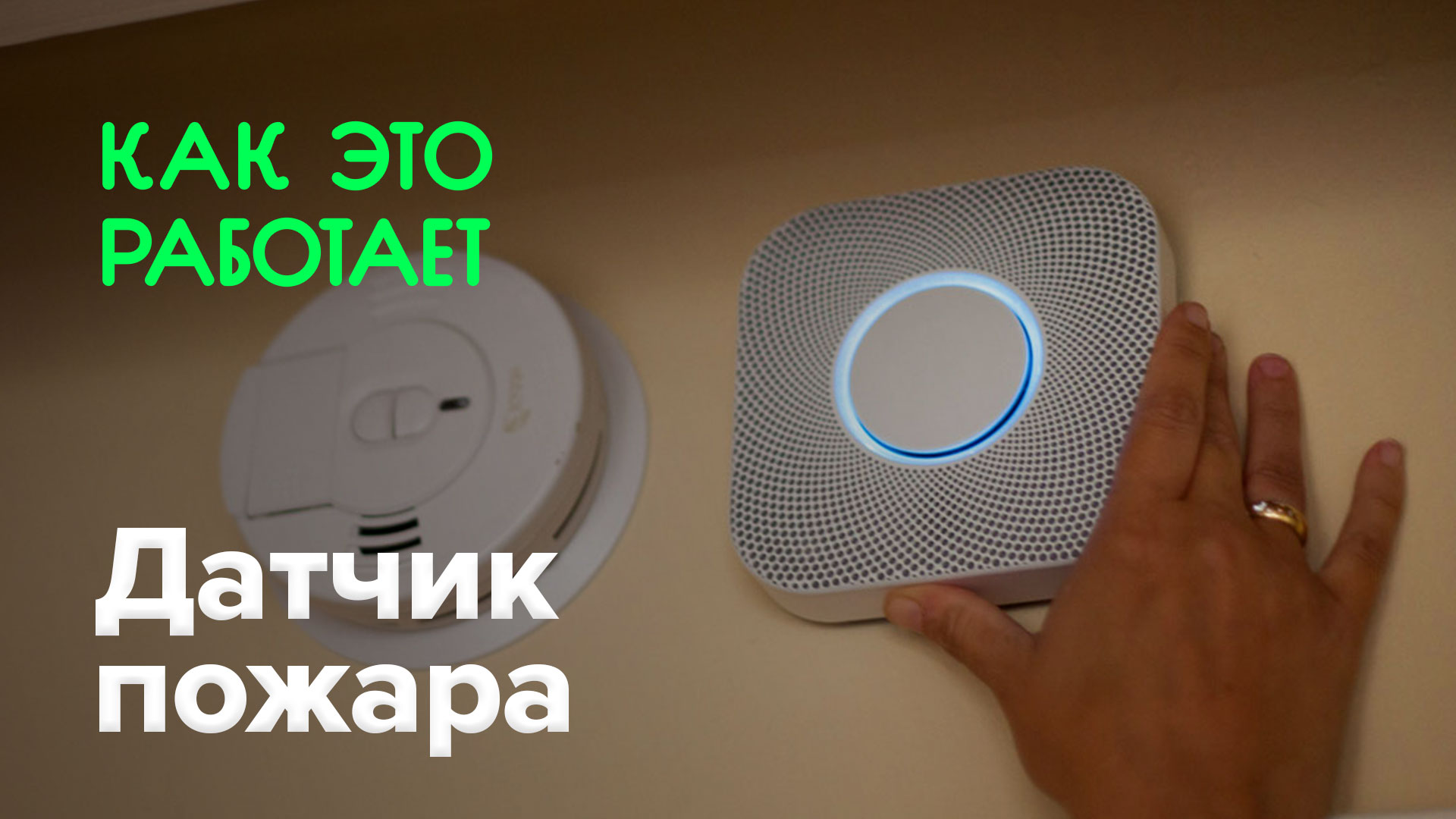




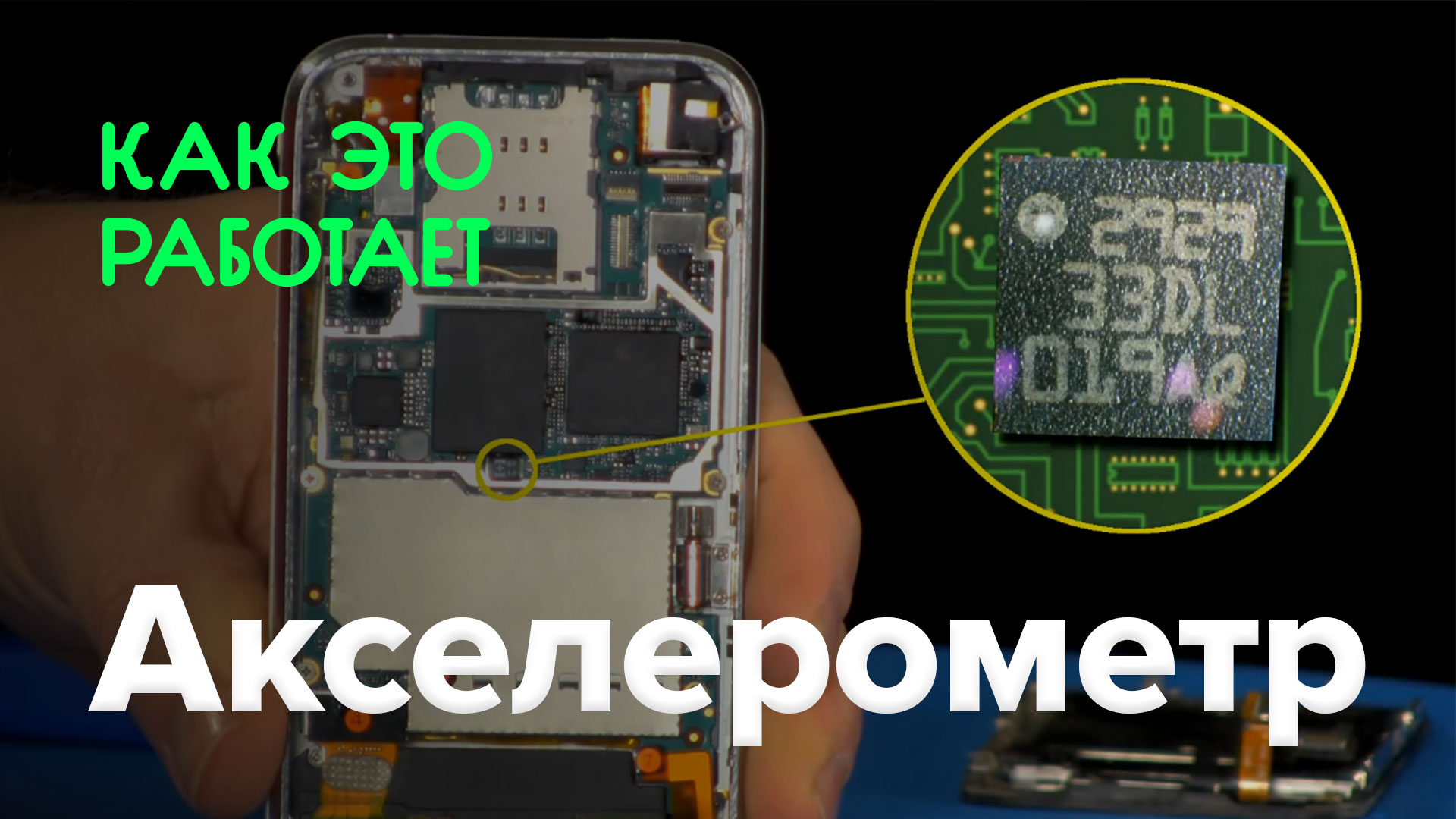
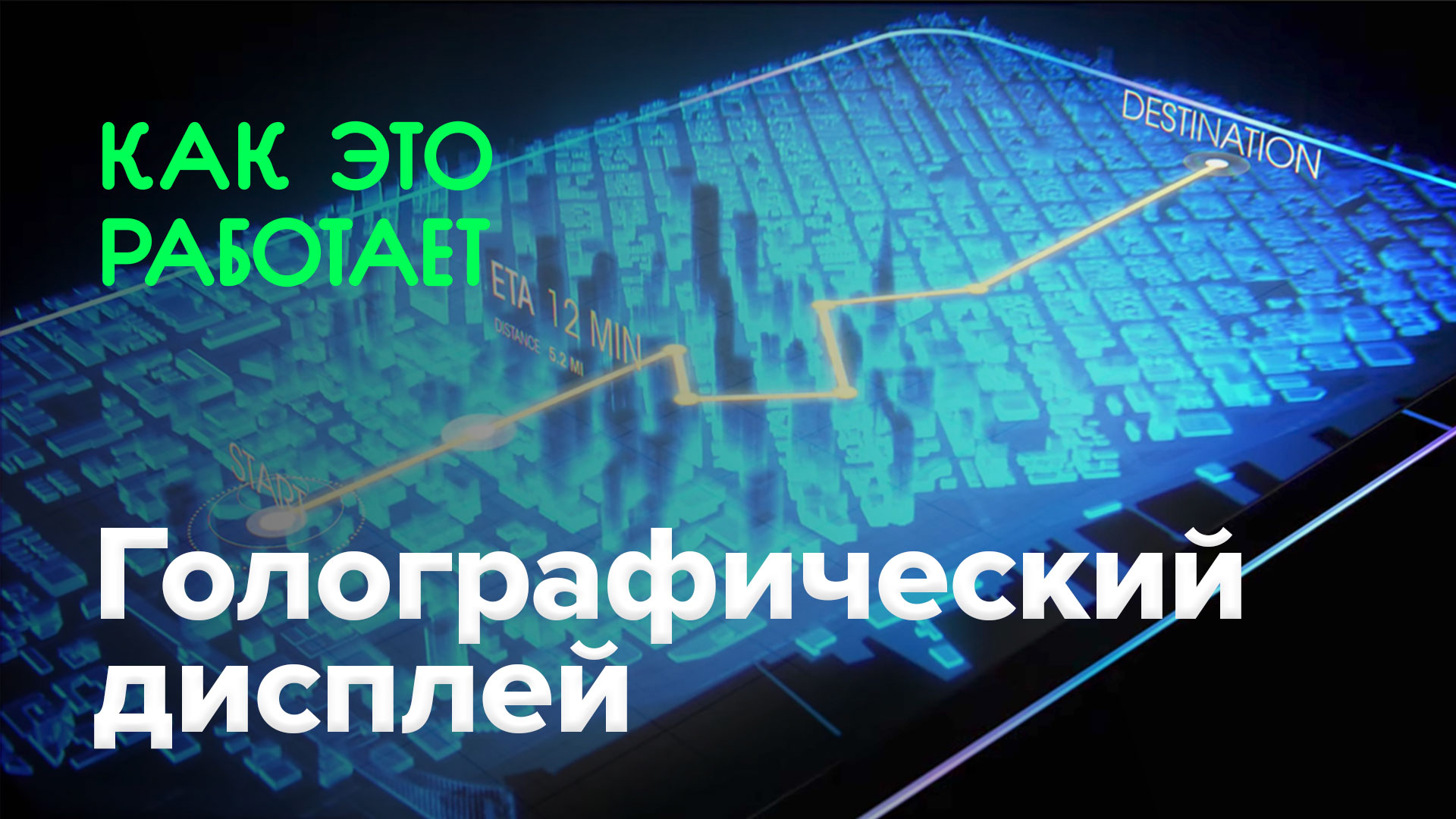

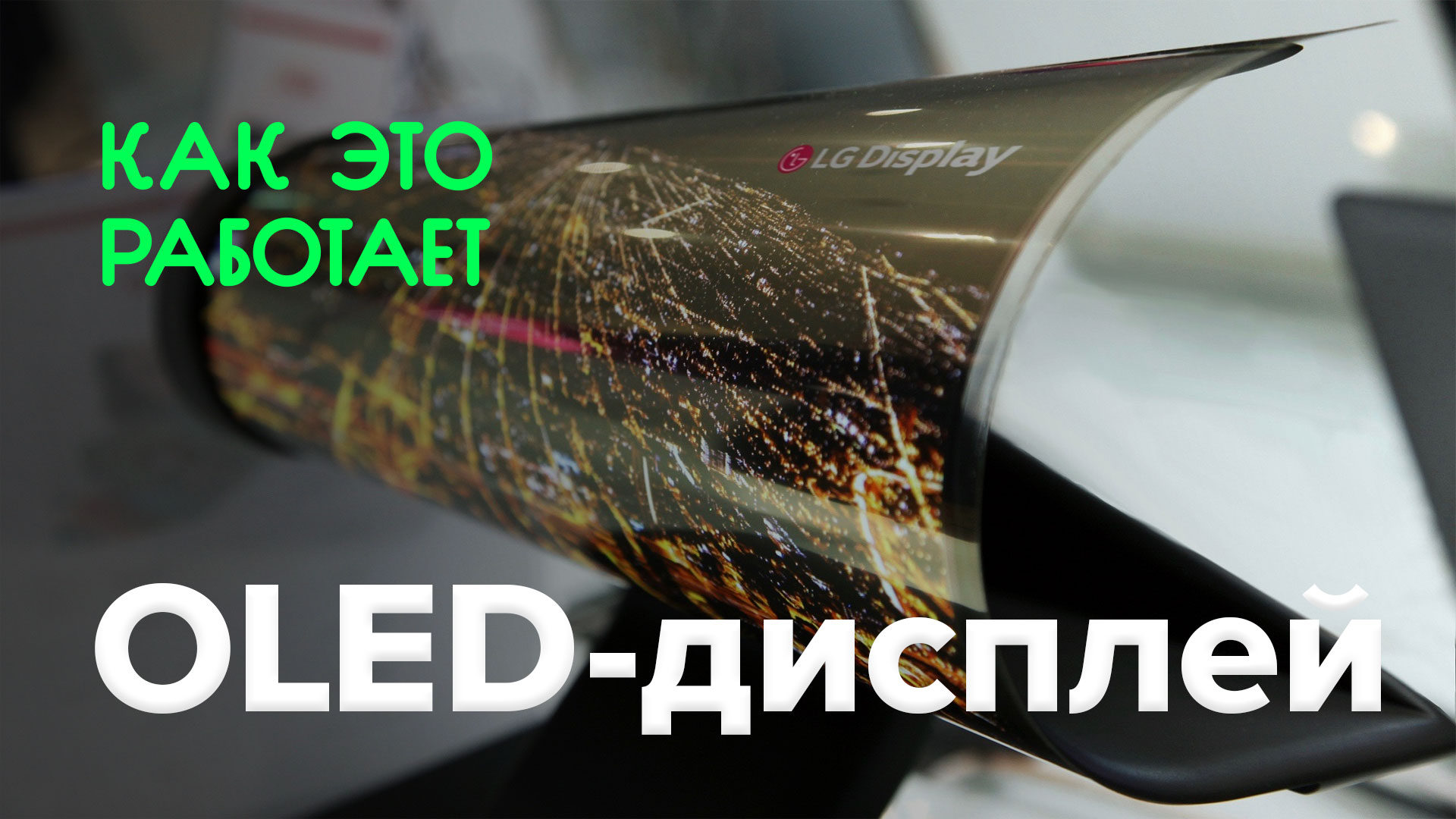


Comments (0)
This article has no comment, be the first!